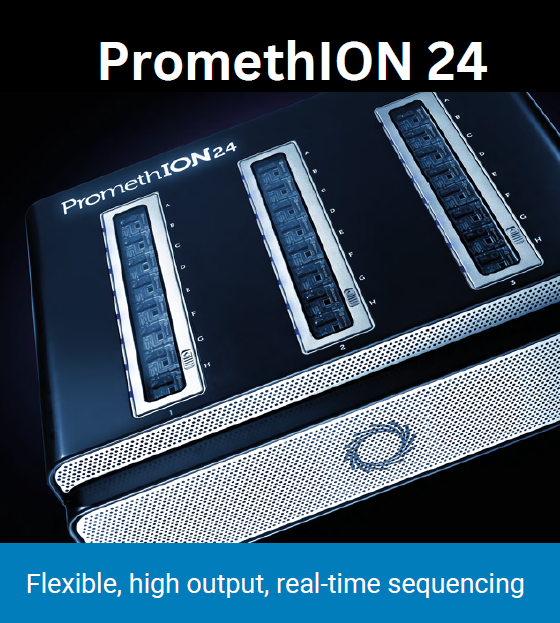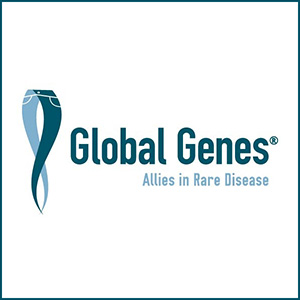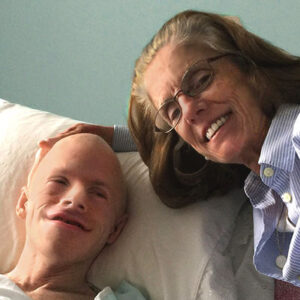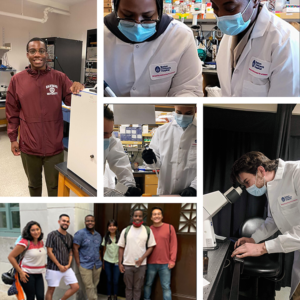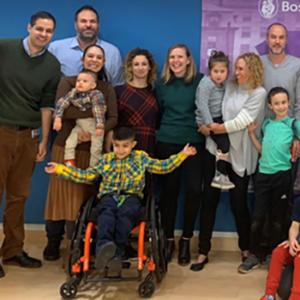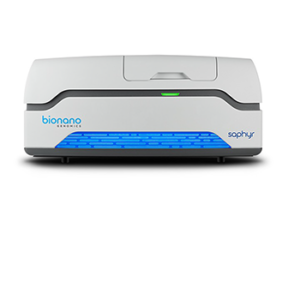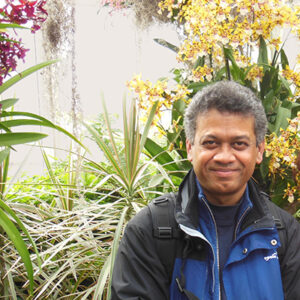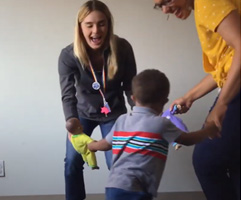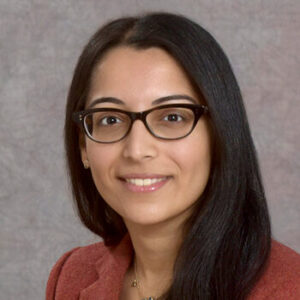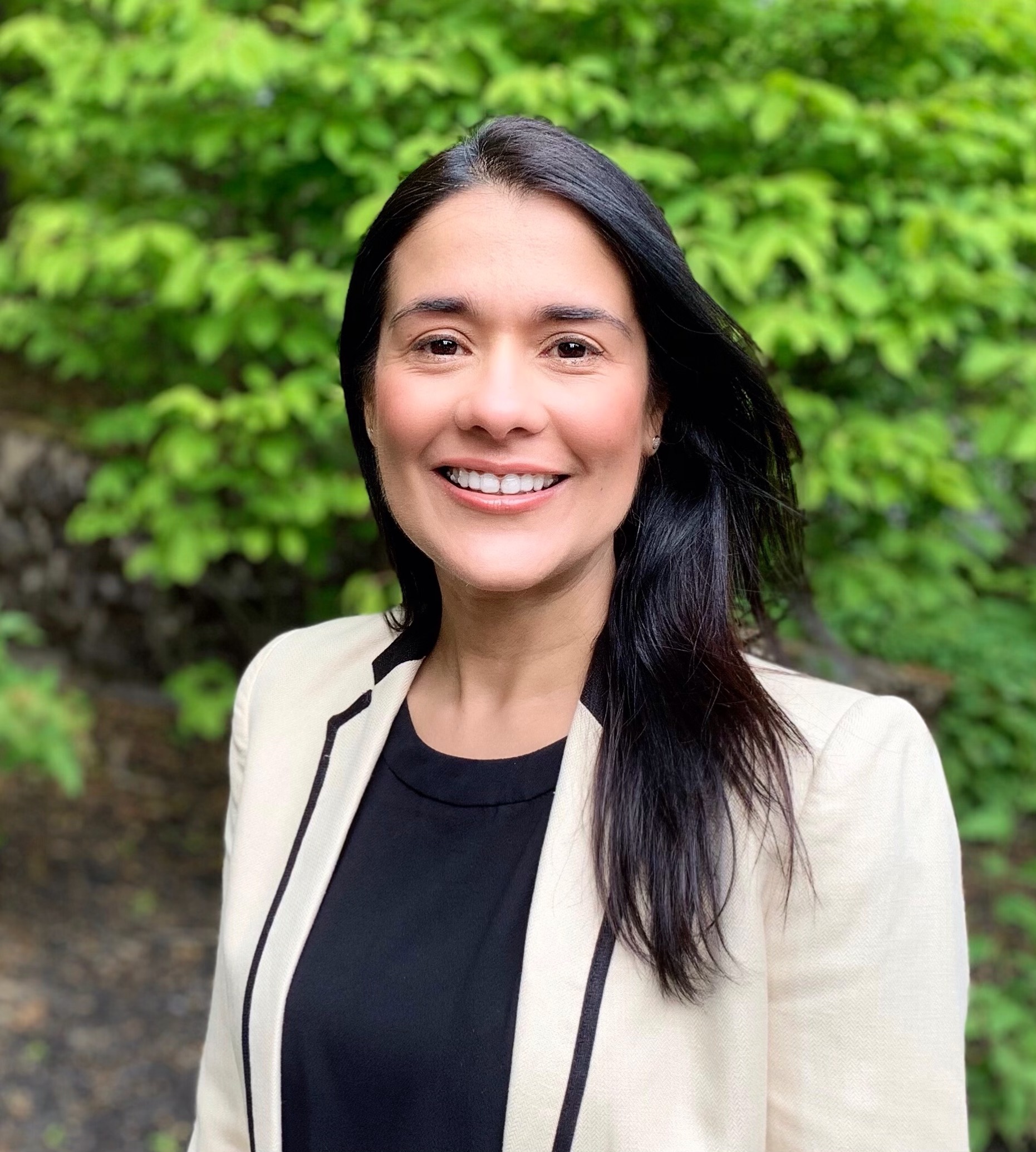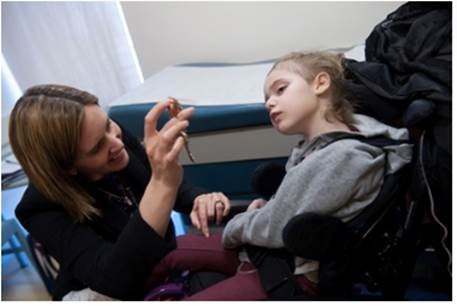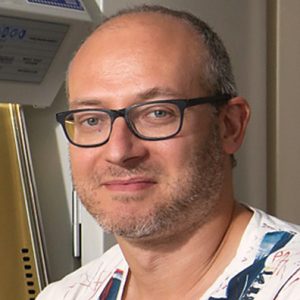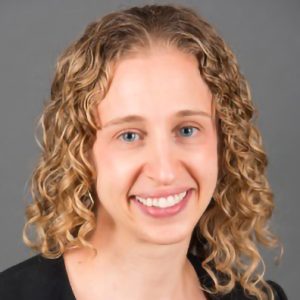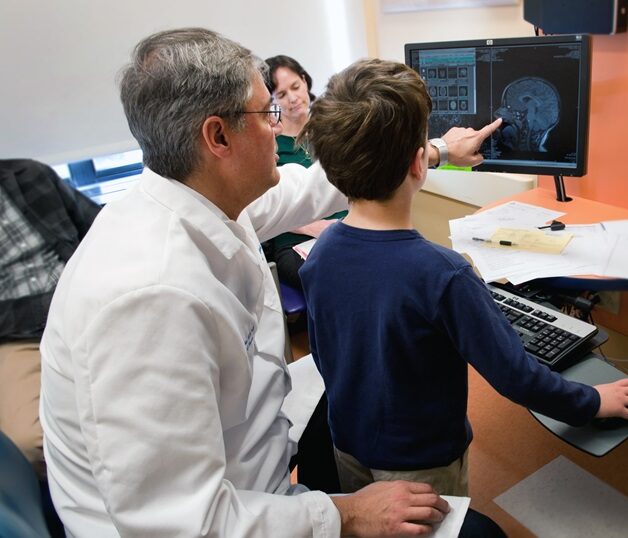IDDRC Blog
SEARCH BY TEXT
Launch of High-Throughput PromethION 24 Sequencing Platform Announced
Through our new collaboration with Oxford Nanopore Technologies, the Molecular Genetics Core is offering advanced, real-time, long-read sequencing services designed to meet the needs of startups and scientific teams tackling complex genomics challenges. The PromethION 24 enables deep genomic insight with scalability and speed—unlocking structural variants, repeat expansions, and previously inaccessible regions of the genome.
Improving Access to Genetic Testing of Neurodevelopmental Disorders
In a recent interview, Dr. Sid Srivastava sheds light on the critical challenges facing access to genetic testing for neurodevelopmental disorders (NDDs). Despite the growing number of genes linked to these conditions and the rise of targeted treatments, inconsistencies in genetic testing practices pose significant barriers to precision medicine. A working group from the National Intellectual and Developmental Disabilities Research Center has tackled this issue in their study, “Survey of the Landscape of Society Practice Guidelines for Genetic Testing of Neurodevelopmental Disorders,” published in the Annals of Neurology. Their research emphasizes the need for unified national guidelines to reduce confusion, improve access and enhance precision medicine in this field. In the article, the group has put forth a series of recommendations to address these challenges.
Streamlining Research Data Management through Digital Acceleration
In the ever-changing digital landscape for research, managing data efficiently is essential. The newly launched Data Organization Collaborative Service (TNC DoCS) at the Rosamund Stone Zander Translational Neuroscience Center, offers tailored support for research laboratories seeking to navigate the digital data management space effectively.
The Importance of Collaboration in Rare Disease Research
While operating strictly in a lab can provide a laser focus in research, it comes with the risk of not having a complete understanding of what matters most to children and families affected by rare diseases. To gain a deeper insight into the disease's manifestations, it's worth exploring the perspectives of families and Program Advocacy Groups (PAGs).
Demystifying Genetics with Maya Chopra
Genetic counselor, Matt Burgess delves into Dr. Maya Chopra's captivating journey of researching rare and complex disorders, providing an intriguing insight into the intersection of research and clinical practice. Listen to Demystifyng Genetics podcast as they explore the crucial role of clinical geneticists in the fast-paced world of gene therapy.
Equity and Inclusion in Autism Research: Breaking down barriers to participation
After 20 years since finishing undergraduate studies, Carol Wilkinson, MD, PhD, IDDRC Investigator, has observed that the therapies for autistic children with limited communication are, unfortunately, approximately the same today. In part, this is due to the derth of quality research data needed to inform the development of new treatments. What are the barriers to gathering quality data? Dr. Wilkinson explores this question and possible answers.
TSCnow After Dark Podcast with Dr. Mustafa Sahin
TSCnow After Dark Podcast - Episode 23: Mustafa Sahin, MD, PhD discusses the past, present and future research on autism spectrum disorder (ASD) in TSC.
A Parent’s Voice
When Dorothy Zirkle was seeking care, resources and answers for her profoundly intellectually disabled son she received little. His diagnosis was undetermined. Genetic testing did not provide clarity. Even her training as a nurse wasn't enough to keep up with Matthew's exceptional needs. Matthew started having seizures at 3 months, never sat, crawled, held a bottle, fed himself, and importantly, could not communicate in any decipherable manner. But he showed his appreciation and love through his kind eyes. Read about this parent, nurse, and PhD candidate's extraordinary journey as well and her resolve to lend a voice to parents who are navigating care for their children with special needs.
Creating a Pipeline into Neuroscience
The field of neuroscience lacks diversity, and the pool of students looking to enter it is no different. There are many reasons for this, but the most essential one is the grim fact that generations of people from diverse backgrounds have not been afforded the same opportunities in the sciences as the broader population. Two promising programs one in the Department of Neurology at Harvard Medical School and the other in the Department of Neurology at Boston Children's Hospital are doing something about this.
Translational Research in Hereditary Spastic Paraplegia
Important insights into Hereditary Spastic Paraplegia and key findings that may lead to novel therapies.
Meet our Core Staff: Catherine Brownstein, MPH, PhD
Catherine Browning's research focuses on gene discovery for several severe genetic disorders including very early onset psychosis, intellectual disability, autism spectrum disorder, and hypophosphatemic rickets. Recently, her work has focused on women’s genetic syndromes as well as access to genetic medicine by underrepresented groups.
While not in the lab, Dr. Brownstein loves to travel and adores her pets. Including a surprise aquatic specimen brought home by her kids.
Beyond NGS: Bionano Saphyr Next Generation Mapping
Large and small scale structural variants in the human genome might modulate gene expression in ways that influences physiological response and/or the clinical course of disease. Many of these structural variants go unrecognized using standard Next Generation Sequencing (NGS). The Bionano Genomics Saphyr System overcomes these limitations. Bionano Saphyr and one of the only OGM systems in Boston.
Infantile Spasms: A Unique Early-life Form of Epilepsy
Infantile Spasms (IS) is a unique early-life epilepsy with heterogenous etiologies, few treatment options, and significant developmental consequences. Boston Children’s Hospital through the IS Program and other research groups have been at the forefront of the outstanding clinical care and research productivity related to IS. This October 11th various groups at Boston Children's Hospital will come together for a symposium to explore the prospects of coordinating our collective efforts more closely to improve outcomes of babies with infantile spasms.
Meet our Investigators: Carol Lee Wilkinson, MD, PhD
As an undergrad, I worked closely with a preschooler with autism. He had very limited language and despite receiving a lot of excellent support, he made little progress. Then one day he spontaneous said a full sentence - “I want pizza!”. This dichotomy - how a child can have the ability to speak, but not functionally use this ability - spurred my initial research interests in autism and continues to guide much of my research interests.
Editing the mouse and human genomes to reveal the formation, function, and diseases of the nervous system, and help identify new therapies
How do relatively so few genes control the development of the highly complex nervous system and ensure its healthy diverse functions, and which genes are drivers of neurological/psychiatric disease or disease risk? Dr. Clifford Woolf discusses how state-of-the-art gene-editing and gene-manipulation technology helps our understanding of pain, the formation of neural circuits during development, and the failure of regeneration of the adult CNS.
Meet our Investigators: Thomas Schwarz, PhD
I had an early fascination with genetics and cell biology and already in graduate school I wanted to see these applied to neuroscience. Each time a gene is mapped that is responsible for an IDD, it points to another aspect of neuronal cell biology that we need to understand. The questions are endless and the need for answers is great. We study basic neuronal cell biology and the relevance of that biology to human developmental and neurodegenerative diseases. For many years our focus was on synapse formation and function, however that expanded to also include mechanisms of axonal transport and neuronal mitochondria.
Meet our Core Staff: Mantu Bhaumik, PhD
From his early scientific studies in Calcutta to his work in New York, New Jersey and Boston, Mantu considers himself fortunate to have witnessed the steady improvement of transgenic technologies over three decades from simple transgenics to precise gene editing models. As the assistant director of the Gene Editing Group of the Gene Analysis and Editing Core Mantu manages all PI projects and laboratory work of the group. While not in the lab Mantu enjoys gardening and currently has 15 different species from different regions of the world of this beautiful and exotic flower.
Behavioral Therapy Research in Down Syndrome
While children with Down syndrome have broad developmental delays and quite often have difficulty with challenging behaviors, there are no standardized behavioral strategies or therapies to treat them. Without a well-researched therapeutic standard, there is great variability in the quality of the services offered and a lack of evidence that can be drawn on by advocates for improved health care services. Dr. Nicole Baumer is currently pioneering the JASPER Clinical Trial research program in Down syndrome. The main objective is to determine whether an intensive, targeted early behavioral therapy intervention can improve developmental trajectories in Down syndrome.
Prospects for Transcranial Magnetic Stimulation in Epilepsy
Transcranial magnetic stimulation (TMS) is a method for focal noninvasive cortical stimulation where small intracranial electrical currents are induced by a strong extracranial magnetic field. TMS falls into the broad category of “neuromodulation” protocols that include a range of invasive and noninvasive methods for delivering electrical signals to the brain and spinal cord. However, unlike most brain stimulation techniques that are deployed for treatment in drug-resistant disorders, TMS stands out as a method with as much diagnostic as therapeutic capacity.
Meet our Investigators: Alexander Cohen, MD, PhD
I have always been interested in how complex systems form. As I realized that the developing brain is more complex than anything else in technology or nature, an interest in Computer Science in high school led to a focus in Biomedical Physics and Neuroscience in college and graduate school, and then finally evolved to choosing Child Neurology and the study of Neurodevelopmental Disorders and Intellectual Disability as a career path.
Meet our Investigators: Meenakshi Rao, MD, PhD
As a burgeoning physician-scientist entering graduate school I was fascinated by the inherent problem presented by developmental biology, how a simple collection of cells gives rise to complex structures, a problem that seemed particularly challenging in the nervous system. For my thesis work, I explored how retinoids, powerful signals generated from vitamin A in the diet, influenced the development and specification of motor neurons in the spinal cord. I was struck by how even brief periods of nutrient or other deprivation could have such lasting consequences for the nervous system.
New Gene Discovery for Rare Disease
New Gene Discovery for syndromic intellectual disability has been described. Researchers at the RSZ-Translational Neuroscience Center @BostonChildrens are leading efforts to better understand this disorder, recently named “Chopra-Amiel-Gordon syndrome.”
Meet our Investigators: Beth Stevens, PhD
Dr. Beth Steven's research is focused on understanding how neural-immune interactions in the brain sculpt synapses during normal development and how this process can go awry in disease. We discovered that microglia, the brain’s resident immune cells, prune neural connections in response to signals from the classical complement pathway, a branch of the immune system.
CDKL5 Deficiency Disorder: Frontiers of Disease Modifying Therapy and Promising Visual Outcome Measures
CDKL5 Deficiency Disorder (CDD) has an estimated prevalence of one in 40,000 to 60,000 live births. In CDD, communication is particularly challenging because of poor hand function and poor visual function. Improvement in these abilities would open opportunities for picture-based augmentative communication, via touch or eye gaze, giving families an improved pathway for interacting with their child.
Meet Our Core Staff: Nathan Hodgson, PhD
While Nate started his career as a biochemist, his work brought him to Takao Hensch's lab at BCH and eventually to the Animal Behavior and Physiology Core. His other passion, besides hanging out with his toddler, took him to a recent vacation in Alaska. There he consulted with some local bears to find the best sites to fish for salmon.
Meet our Investigators: Jonathan Lipton, PhD
Dr. Lipton's reserach centers on the molecular and cellular interfaces between circadian rhythms and neurodevelopmental and neurodegenerative disorders
Meet our Investigators: April Levin, MD
I first became interested in IDD back in high school, when I took my first trip to Romania to volunteer in an orphanage. Many of the children I met there showed quite atypical development, along with physical features like short stature and abnormal motor activity. I wondered how changes in the environment, like lack of expected attachment to adults and play, could lead to such tangible changes in the body and brain.
Developing disease-specific BBB-penetrating AAV vectors
Promising Gene Therapy Pathways for Combating Central Nervous System Diseases. Dr. Zhigang He, Professor of Neurology and Ophthalmology, Harvard Medical School, discusses how developing efficient BBB-penetrating recombinant AAV vectors shows great promise for enabling gene therapy for treating Central Nervous System (CNS) diseases including those relating to intellectual and developmental disabilities.
The IDDRC-CTSA Brain Gene Registry
Boston Children’s Hospital together with Washington University and the University of North Carolina, are launching the new IDDRC-CTSA Brain Gene Registry. The registry will harness the power of genomic data acquired during clinical care to better understand the relationship between rare gene variants and neurodevelopment, an essential step as we move towards understanding mechanisms and developing therapies for intellectual disability and autism.
Congratulations to Dr. Michela Fagiolini on receiving the LouLou Foundation’s CDKL5 Pilot Grant Programme Award
Dr. Fagiolini receives a LouLou Foundation CDKL5 Pilot Grant award for her research project: “ASO therapy in CDKL5 deficiency disorder”
Boston Children’s Receives a $25.45 Million Donation, Establishes Rosamund Stone Zander Translational Neuroscience Center
The Rosamund Stone Zander Translational Neuroscience Center at Boston Children's Hospital will transform the field as the first of its kind pediatric-focused translational neuroscience center.


